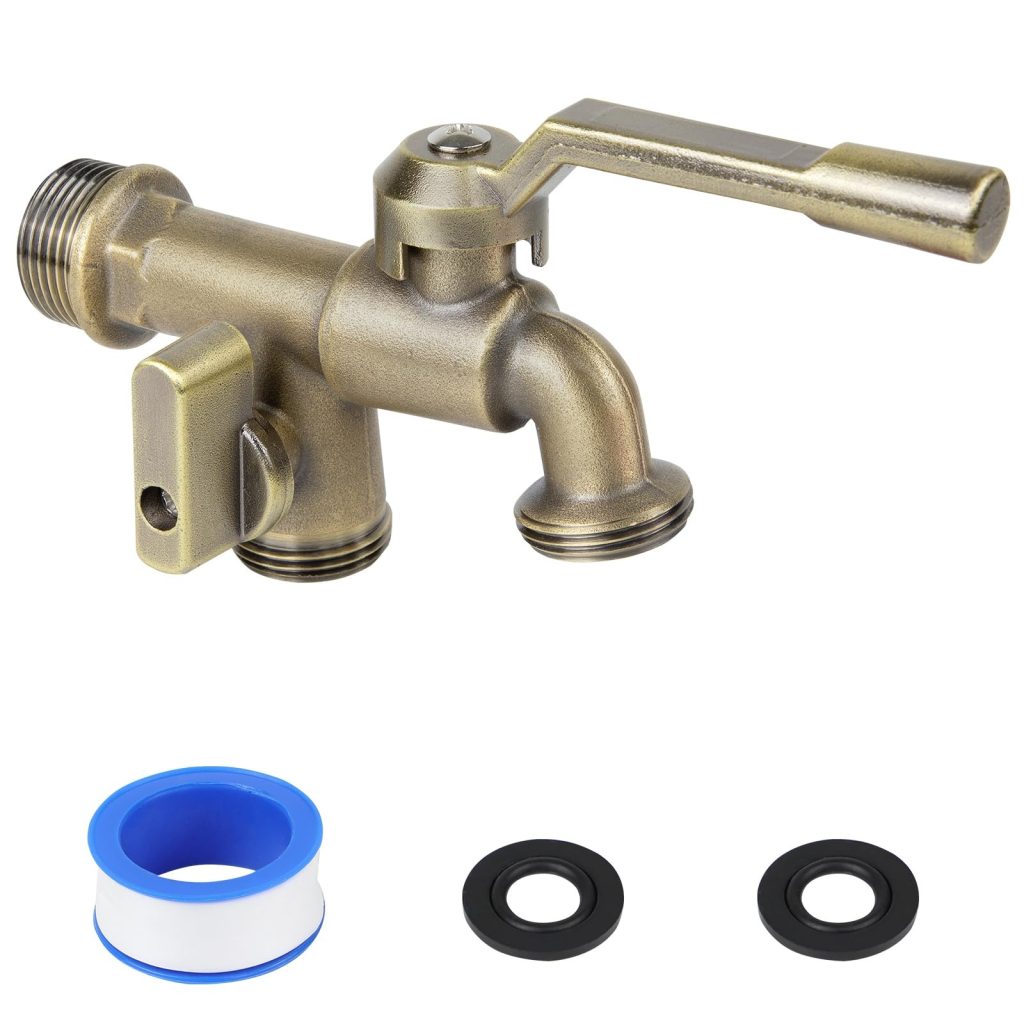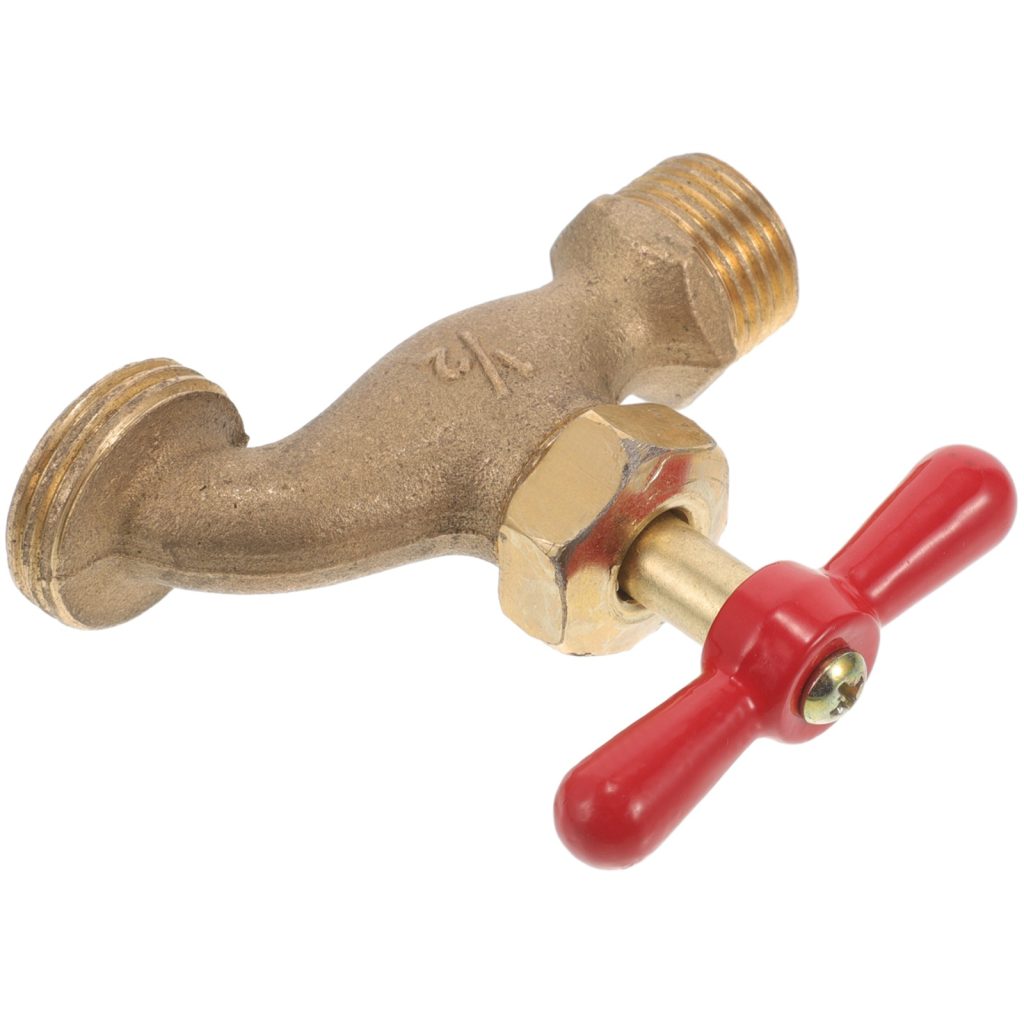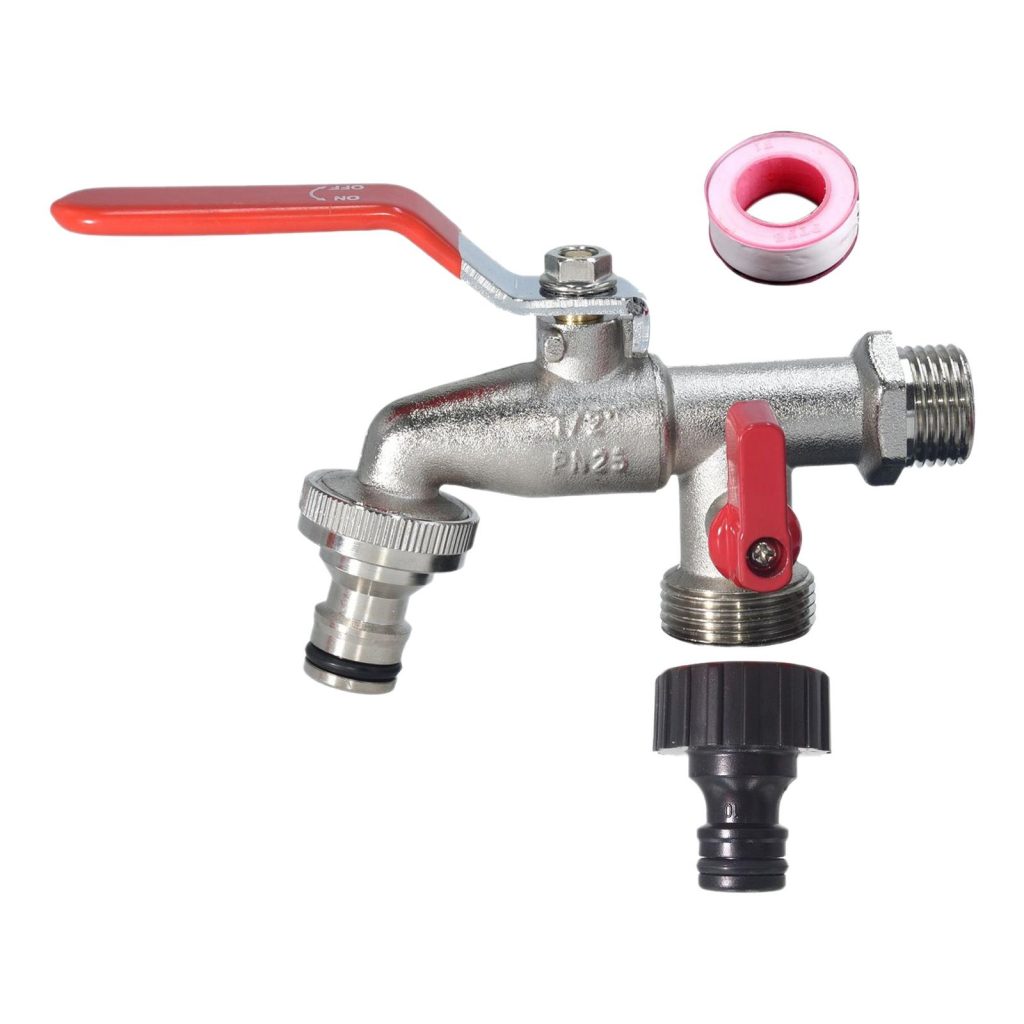Understanding the Risk of Frozen Pipes
Should i leave outside faucets dripping? The risk of frozen pipes can lead to severe damage to your home’s plumbing system. When water freezes, it expands, putting immense pressure on pipes. This pressure can cause pipes to burst, leading to costly repairs and possible water damage. Recognizing the risks associated with frozen pipes is essential for effective prevention.

The Science Behind Pipe Freezing
Understanding the science behind pipe freezing is pivotal in combating it. When water temperature falls below 32 degrees Fahrenheit, it starts to freeze. The solidification process expands the water by approximately 9%. This expansion is enough to fracture pipes. Pipes made of copper or plastic are especially susceptible to such damage. Since they lack elasticity, they cannot absorb the stress of expansion caused by ice.
Factors That Increase the Risk of Freezing
Several factors can increase the risk of your pipes freezing, and knowing them is the first step to prevention. Pipes that are poorly insulated or located in unheated areas are most at risk. This includes outdoor faucets, swimming pool lines, and water sprinkler lines. Should I leave outside faucets dripping becomes a valid question given the vulnerability of these outdoor fixtures. Lack of insulation in attics and basements also poses a high risk. Another critical factor is rapid drops in temperature. A sudden cold spell can catch homeowners off guard, leading to freezing pipes before preventative measures are in place.
The Dripping Faucet Strategy
Maintaining a small trickle of water can be a simple yet effective strategy. When temperatures plummet, one common question arises: should I leave outside faucets dripping? The answer often leans towards yes.
How a Drip Can Prevent Freezing
Letting a faucet drip during cold spells can prevent pressure from building up. As water freezes and expands, it needs space to go. A dripping faucet provides an escape for this pressure. This helps in lowering the risk of burst pipes. It’s a fundamental precaution during sub-zero weather.
Pros and Cons of Letting Faucets Drip
However, this method’s benefits come with drawbacks. On the pro side, it’s a low-effort fix that can save on costly repairs. It’s particularly handy for pipes at high risk of freezing. The downside includes a slight increase in water bills and potential for minor water wastage. It’s essential to weigh these factors depending on your home’s susceptibility to freezing.

Alternative Methods to Prevent Frozen Pipes
In addition to the dripping faucet method, other measures must not be overlooked. Protection against pipe freezing involves various strategies that can be employed to safeguard your home’s plumbing.
Insulation Strategies for Pipes
Insulation is a key factor when curbing the risk of frozen pipes. Insulate your pipes with foam tubing or insulation tape, especially those in unheated areas like basements and attics. This extra layer helps to maintain higher temperatures within the pipes. Give special attention to vulnerable pipes that may be near exterior walls or in areas prone to cold drafts. By proactively insulating your pipes, you reduce their exposure to intense cold and the chance of water inside freezing.
The Use of Heat Tape and Heat Cables
For pipes that require added protection, consider installing heat tape or heat cables. These electrical devices wrap around your pipes, delivering consistent warmth to prevent freezing. They’re particularly useful in areas where insulation alone may not suffice. It’s crucial to follow manufacturer instructions during installation or consult with a professional to avoid any potential fire hazards. Using heat tape and heat cables can offer peace of mind during those chilly winter days, ensuring that your pipes remain safe from the grip of frost.
Preparing Your Home for Winter Weather
Proper preparation can make a huge difference in preventing frozen pipes. As winter approaches, two key steps to protect your plumbing are home insulation and smart thermostat settings.
Home Insulation and Sealing Leaks
Insulating your home is vital for keeping the cold out and the heat in. Start by checking insulation in your attic, walls, and basements. Add or replace insulation where necessary to maintain consistent indoor temperatures. Don’t overlook sealing leaks. Drafts from gaps around doors, windows, and where pipes enter your home can lead to cold spots.
Smart Thermostat Settings
Using a smart thermostat can help prevent frozen pipes while saving energy. Set it to a consistent temperature to avoid the fluctuations that can cause freezing, even when you are not at home. Some smart thermostats can be programmed to keep the house warmer during extreme cold weather alerts. They can alert you if indoor temperatures drop, giving you a chance to take action before pipes freeze.
When to Take Action
Understanding when to take preventive actions is critical to avoid frozen pipes. Monitoring the weather forecast should become a regular part of your winter routine. It is not just about keeping an eye on snowfall, but specifically the temperature drop.
The Role of Outside Temperatures
Outside temperatures play a critical role in pipe freezing. When forecasts predict a consistent drop below 32 degrees Fahrenheit, it’s time to act. Insulation and enough heat are key to keeping pipes from freezing. However, when these aren’t enough, that’s when the question ‘should I leave outside faucets dripping’ becomes pertinent.
![]()
Timing the Drip: When to Start and Stop
Start the drip before the temperature hits the freezing point. The drip should be consistent, with a flow not more than a light trickle. Pay attention to the weather. Once temperatures rise back above freezing, it’s safe to stop the drip. This prevents unnecessary water usage and keeps your water bill in check.
Emergency Measures for Frozen Pipes
Even with preventive measures, pipes may still freeze in extreme temperatures. Knowing emergency measures is crucial for handling this scenario safely and effectively.
Thawing Frozen Pipes Safely
If you discover a frozen pipe, act fast to minimize damage. First, open the faucet connected to the frozen pipe to allow water to flow. This helps relieve built-up pressure. Start thawing near the faucet, moving along the pipe with heat. You can use a hairdryer, heat lamp, or portable space heater for this purpose. Do not use open flame devices. Apply heat until full water pressure is restored. Check other faucets in your home to find if there are more frozen pipes.
When to Call a Professional
Sometimes, it’s best to call a professional plumber. If you cannot locate the frozen section, if the frozen area is not accessible, or if you cannot thaw the pipe, get help. Professionals have the tools and experience to safely resolve the situation. They can also fix burst pipes if any damage has occurred. For significant problems, professional help is necessary to avoid further damage to your home.
Practical Tips for Homeowners
Living in a region with cold winters requires homeowners to practice proactive measures. This section offers practical tips to help you avoid the unfortunate incident of frozen pipes.
Routine Maintenance to Prevent Freezing
Regular maintenance is key to preventing frozen pipes. Start by inspecting your pipes before winter starts. Look for cracks or leaks and repair them promptly. Drain water from outdoor lines like swimming pool and sprinkler systems. Detach garden hoses and use faucet covers to insulate outdoor taps. Keep cabinets under sinks open to allow warm air to circulate around the pipes. Furthermore, never set your home’s thermostat below 55 degrees Fahrenheit, even when you are away.

Knowing Your Home’s Plumbing Layout
Understanding your home’s plumbing layout is important. Know where the main water shut-off valve is located. In an emergency, turning off the water quickly can prevent substantial damage. Identify which areas in your home are vulnerable to freezing. These may include the attic, garage, or basement. Ensure these areas are properly insulated and consider using heat tape if needed.
